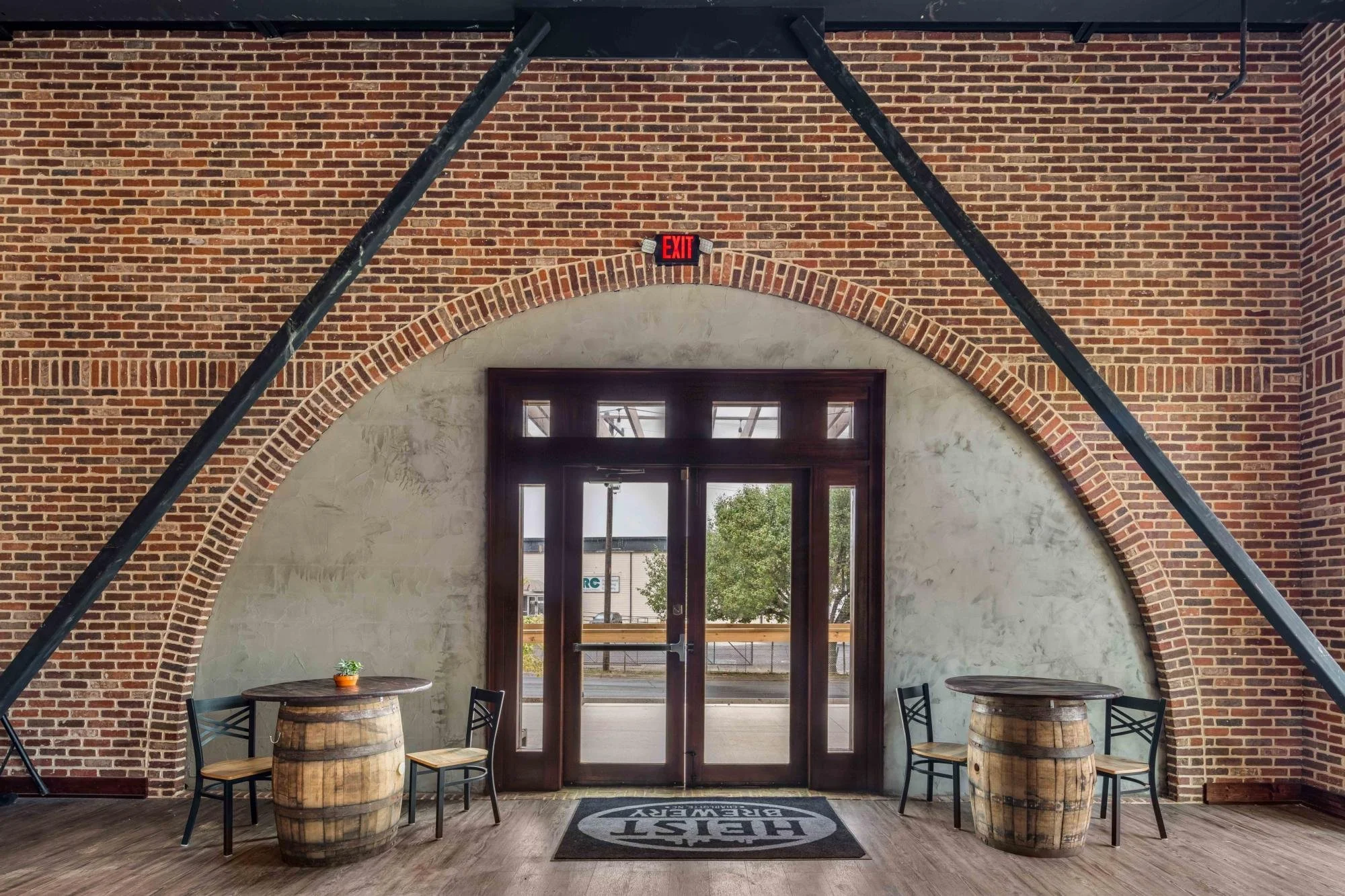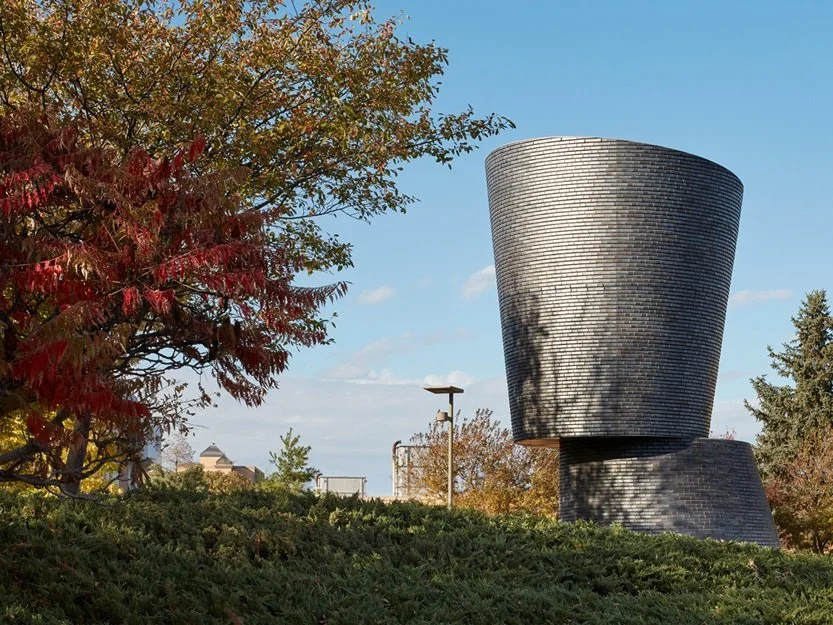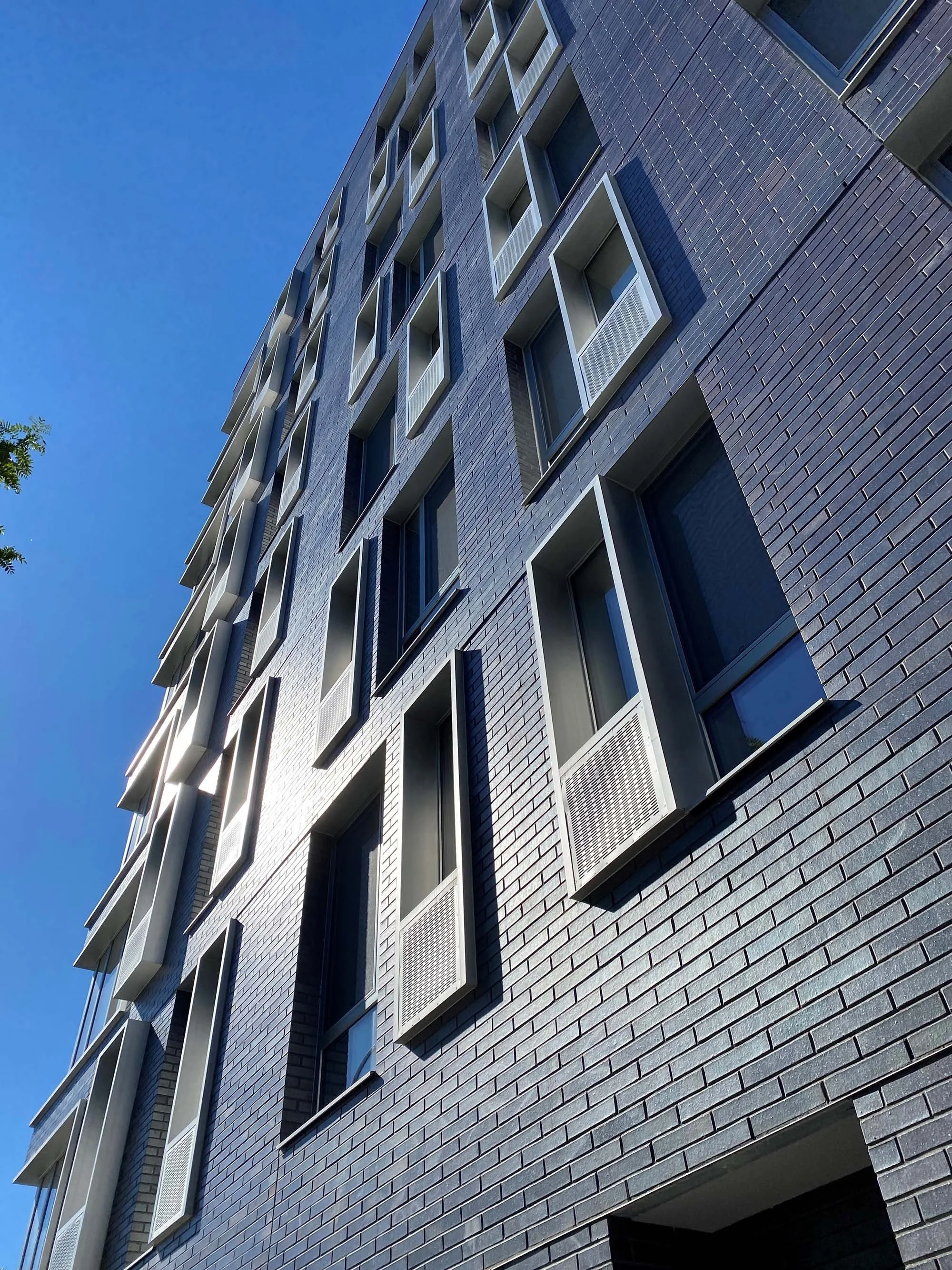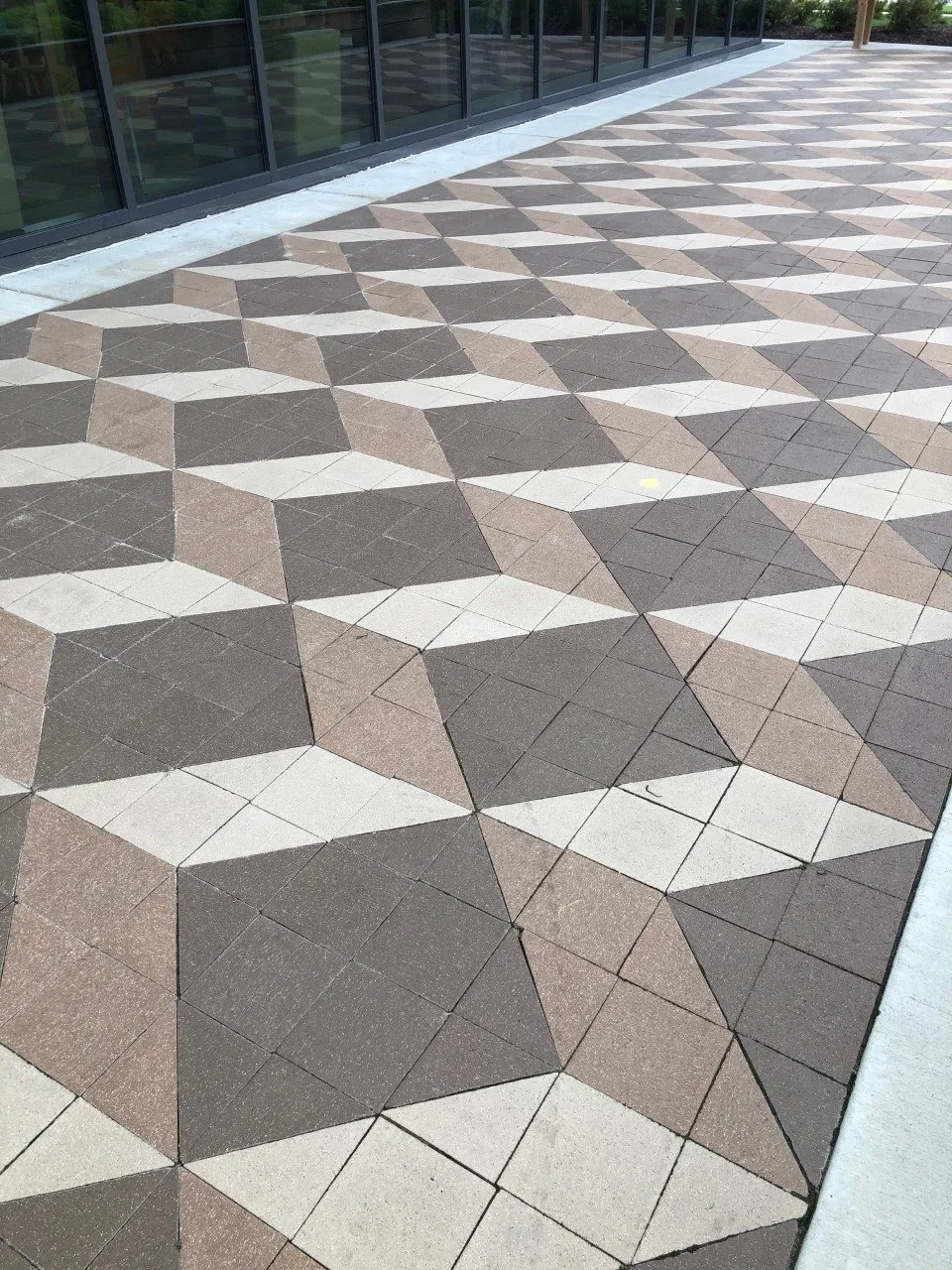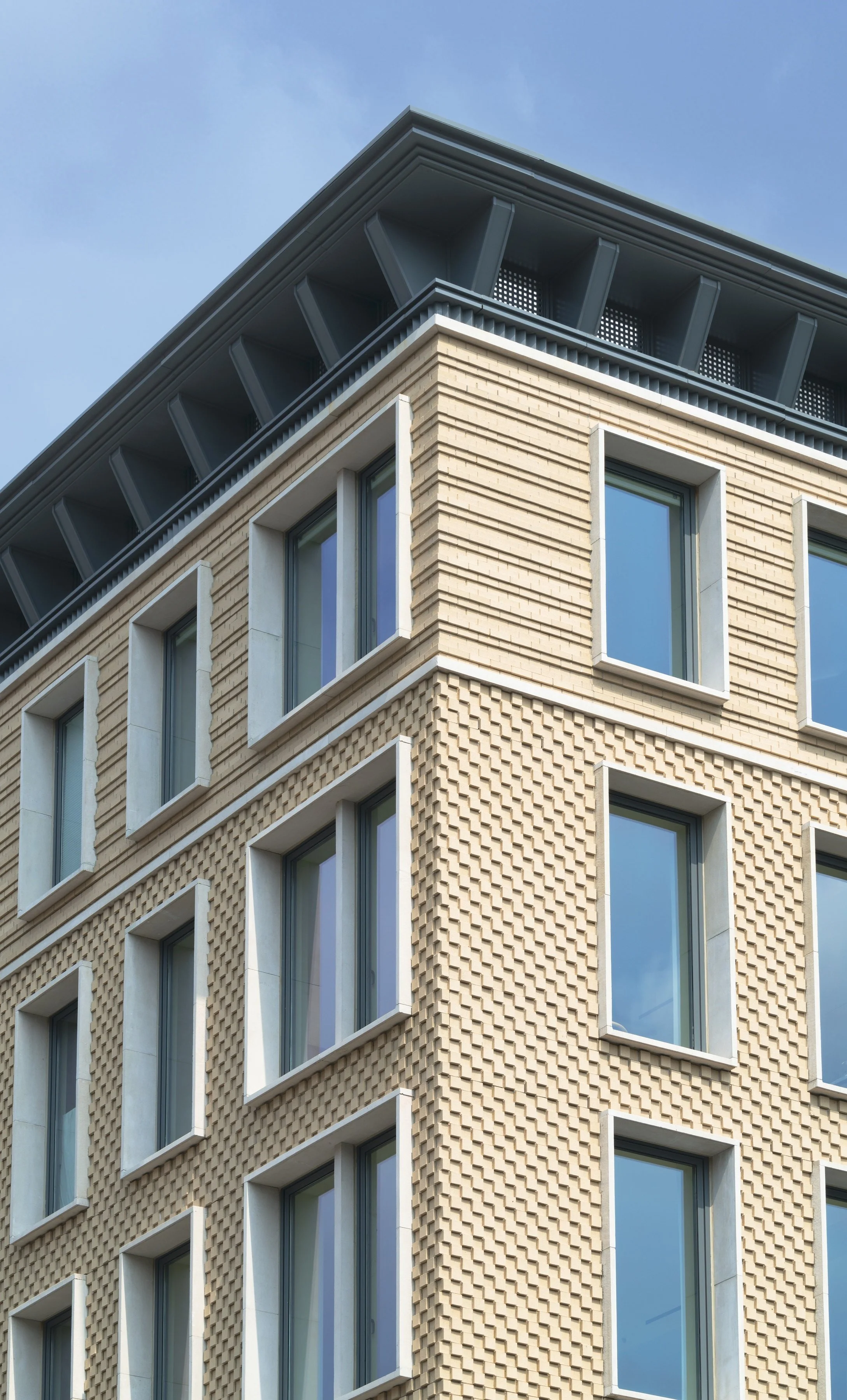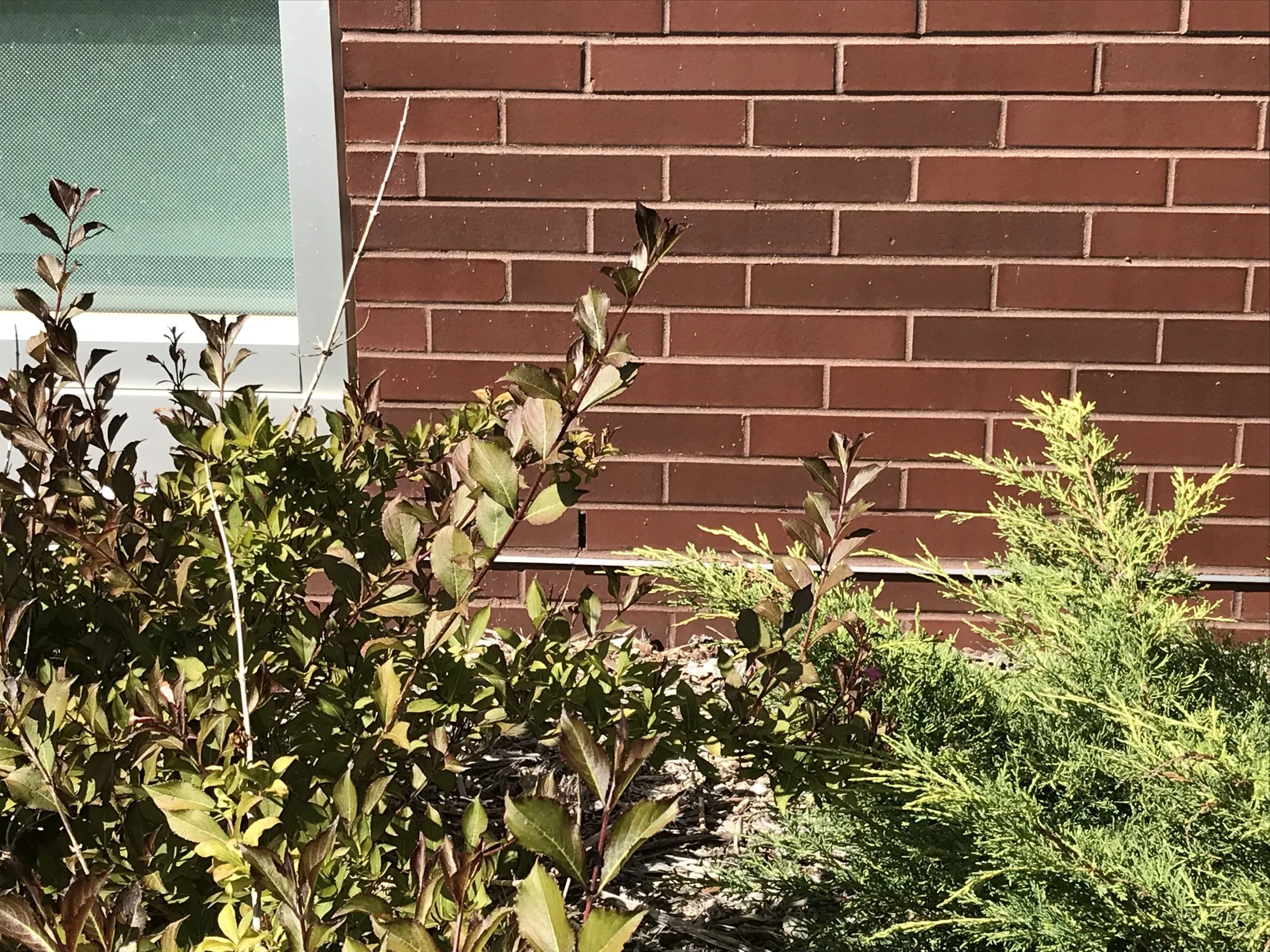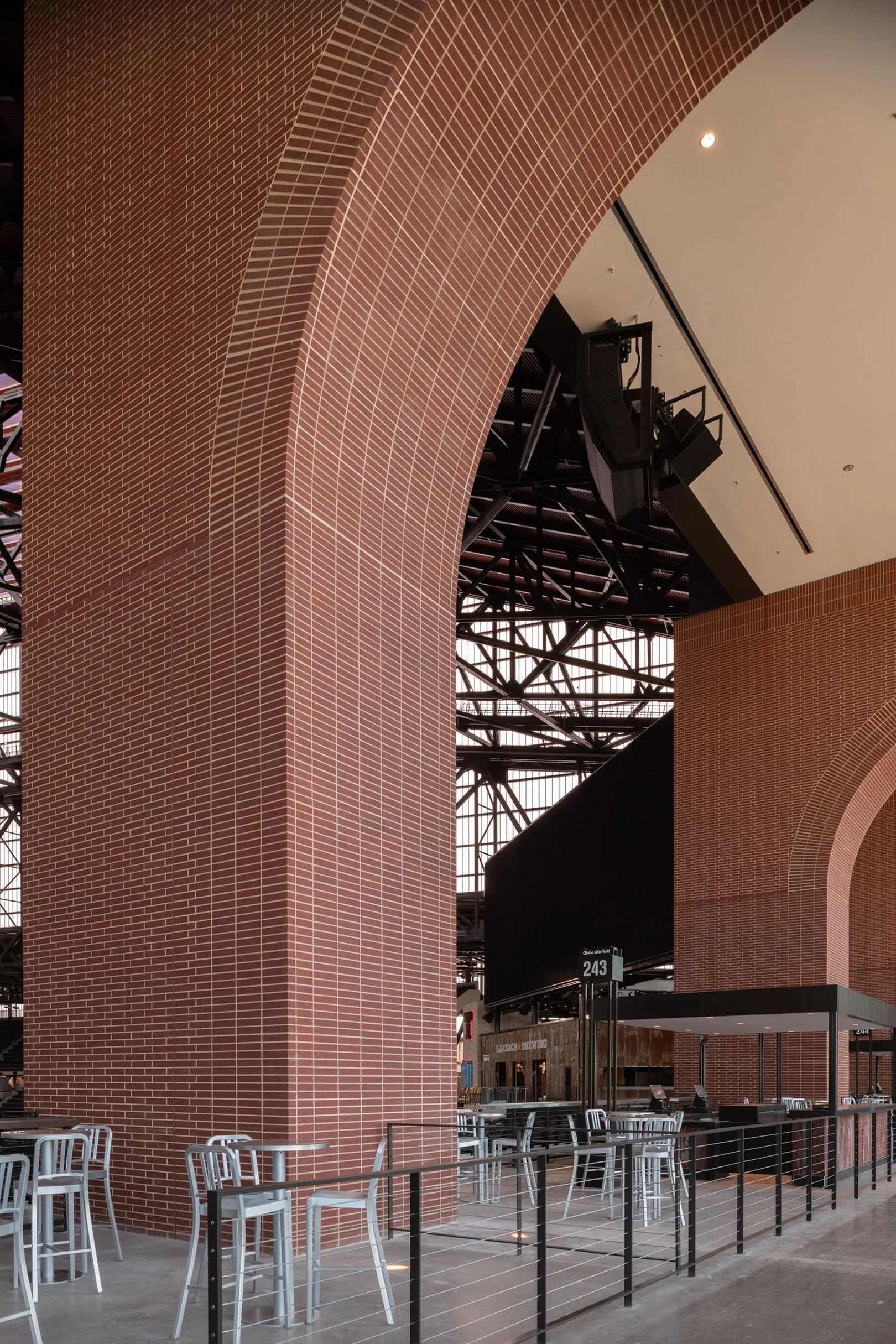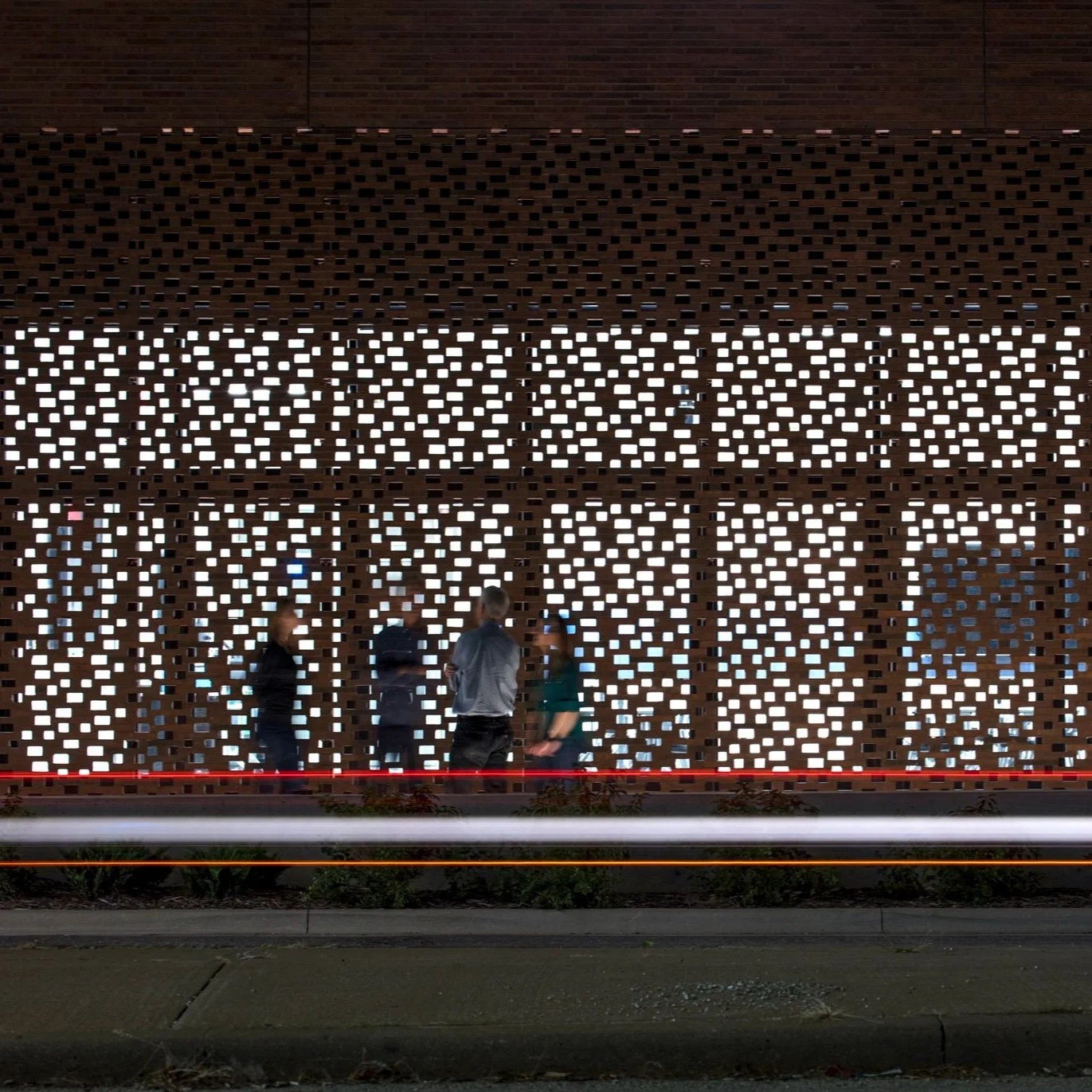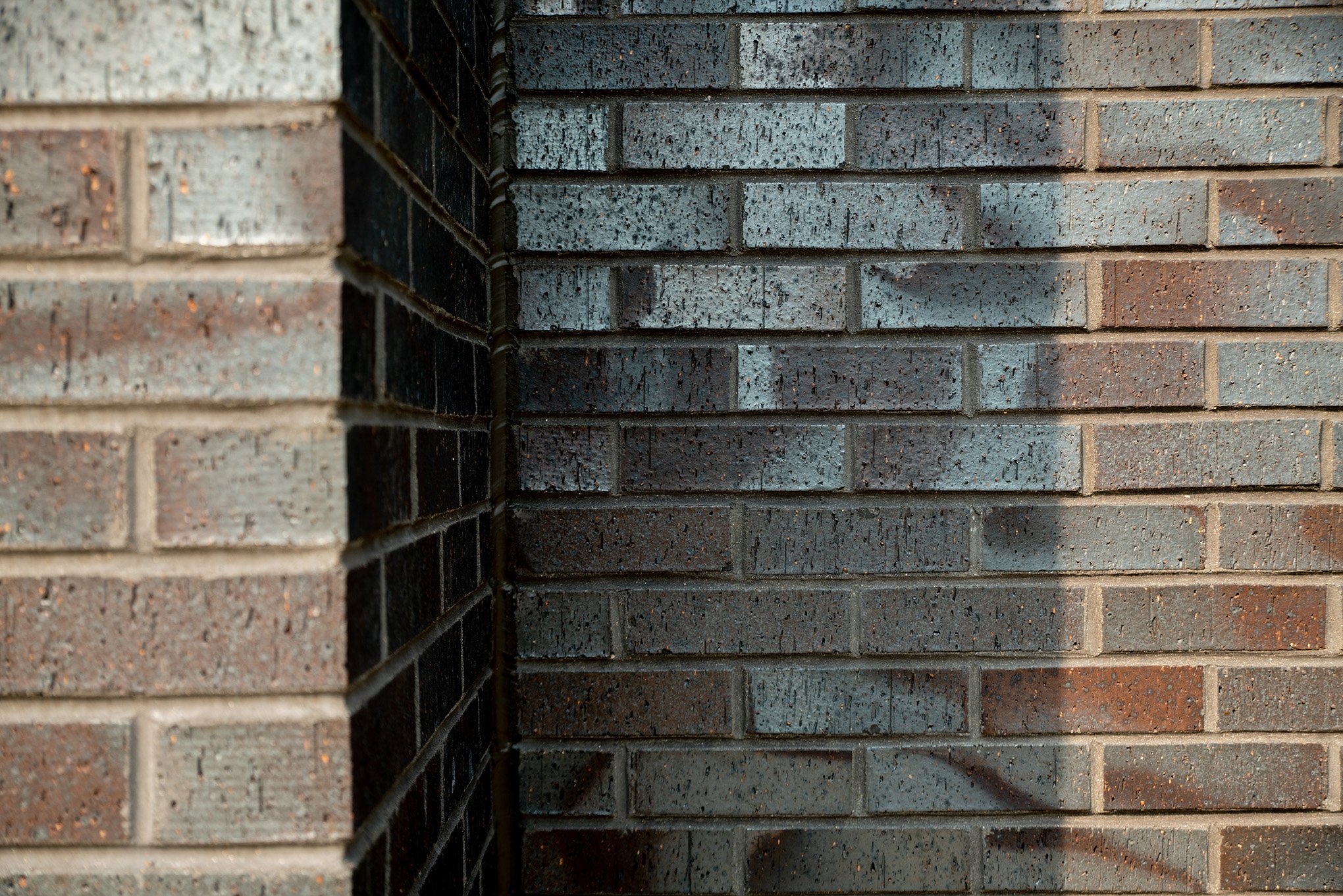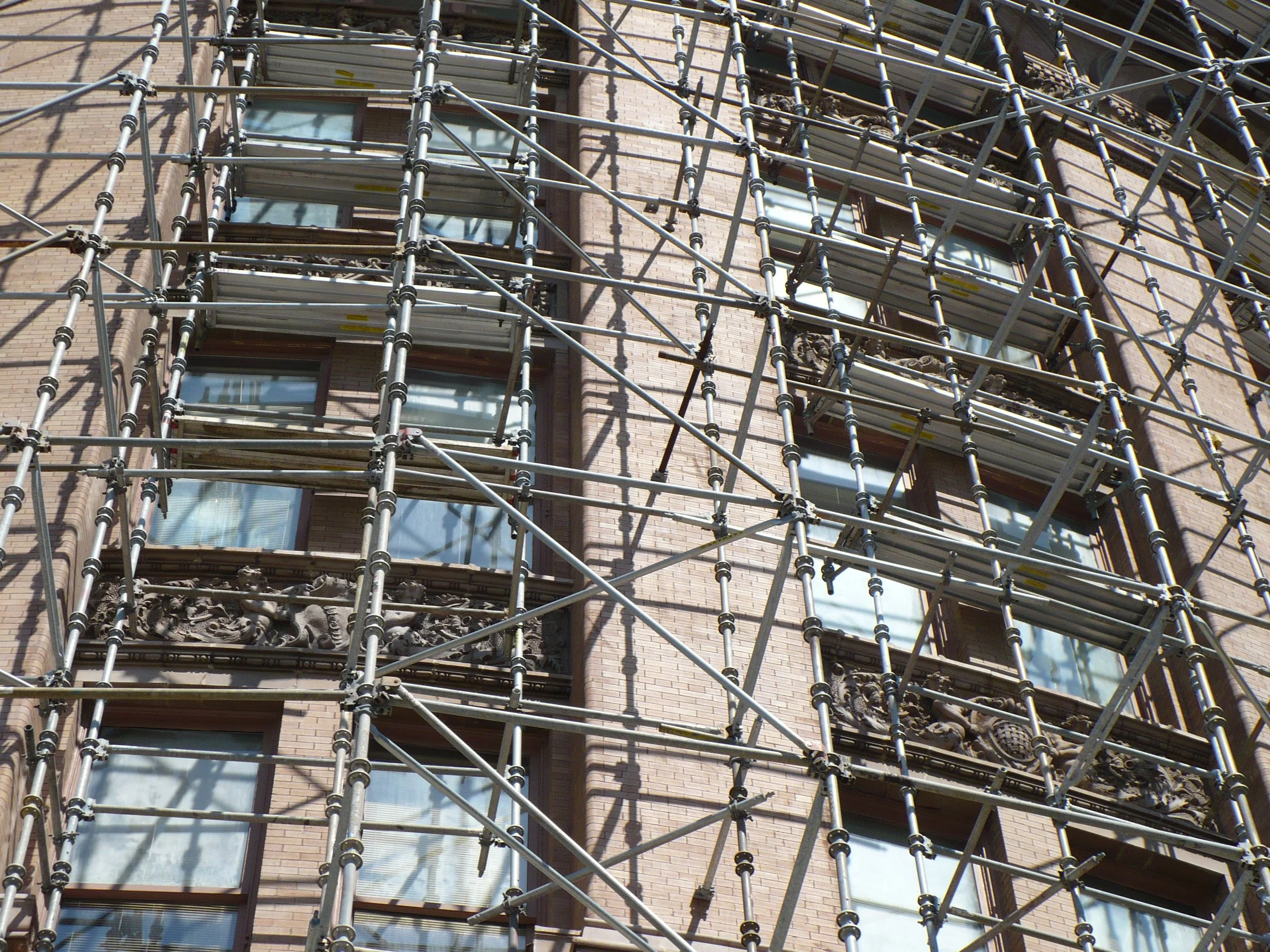Check out the winners of the 2024 Brick in Architecture Awards! These 38 projects highlight the beauty and versatility of clay brick in design. Explore our Project Highlights look book for details on the Best in Class winners, and browse the 2024 award-winning gallery to see all the stunning designs.
Highlighting BIA Heartland Brick Region's Acme Brick Company, Endicott Clay Products Company, Hebron Brick & Supply, and Yankee Hill Brick’s commitment to serving and inspiring the architect community for over a century.
Clay brick is a timeless building material, versatile enough to still be a leader in modern design, and resilient enough to withstand the test of time while other cladding deteriorates. In this blog, we are highlighting three modern design ideas from the 2023 Brick in Architecture Awards that pay homage to each community’s unique masonry history. Get inspired how brick uniquely transforms the aesthetic of these three award-winning projects.
Get inspired by the winners of the 2023 Brick in Architecture Awards! These 44 projects showcase the aesthetic versatility and benefits of designing with clay brick. Get the details on our Best in Class winners in our Project Highlights look book, and check out the 2023 award-winning gallery to see all of the stunning designs.
Get inspired how this thin brick elevates the exterior of this building to pay homage to the history of the area with a modern twist.
Architect Morris Adjmi has been called “The Brick-Master.” His luxury condominium creation at 116 University Place in New York City certainly lends credence to that title. It uses an understated canvas of buff-gray brick from manufacturer Glen-Gery as a background for dramatic, deeply-corbeled, oversized window openings to create depth and shadow like only brick can.
In fact, Adjmi highlighted this particular talent of brick in a 2022 interview with CityReality saying, “One of the things I always try to do is create a building animated by shadow and light. Brick lends to creating that kind of detail that makes a building feel alive and feel contextual that it has substance, it’s not just a thin veil.”
Did you know that the Brick Industry Association (BIA) has calculators to help you determine the cost of brick construction compared to other facade materials? And they aren’t just hyper-generalized, click-bate, data-scraping calculators either. They are specific to your region and openly compare the cost of brick to competitors. Calculators are available for residential cladding, including one that compares square foot costs and one that puts those costs into the context of your mortgage.
BIA’s non-residential calculator goes so far as to apply costs for brick and its competitors on many different types and sizes of commercial and institutional structures, including apartment buildings, college dorms, hospitals and schools!
Brick is a material that can restore and reinvigorate even the most hopeless of building sites. In the case of the lot that stands at the corner of 45th and East 7th Street in New York City, a devastating and deadly gas explosion destroyed the three historic tenement buildings that once stood there. But as is true of any shocking tragedy, what matters most is how we react and respond.
Brick manufacturers haven’t yet figured out a way to make individual brick units flex (though great designers and masons can come close), but no other material is capable of greater design flexibility than brick. It’s one of the greatest attributes of fired clay brick, but what exactly does it mean?
Ask around in architectural circles and you’ll get many different definitions of “design flexibility,” but in the specific context of designing and building with brick, you’ll probably hear the same few themes over and over again.
Though often thought of as nothing more than a dependable building material, the substantial weight of brick can also be the perfect medium to express monumental emotions and historical impact. The designers at Substance Architecture and artist Kerry James Marshall found that to be true when they set out to create A Monumental Journey, a sculpture in Des Moines, Iowa, celebrating the legacy of black lawyers who founded the National Bar Association in 1925.
In future blog posts this fall we’ll be encouraging you, as architects, builders, and designers, to enter the Brick Industry Association’s Brick in Architecture Awards. We offered the same encouragement last year, and you may be thinking, “I’d like to see the winners of that brick awards program…thingy.” We’d like you to see them, too, and we have just the solution for you.
Brick is one of few building materials that can build on a traditional aesthetic character while also embracing modern construction technology. That unique characteristic is part of what paved the way to success for the designers at HDR Inc. when designing the Brendan Iribe Center for Computer Science and Engineering at the University of Maryland campus.
At the onset of the project, the design team faced a challenge that is increasingly familiar to practicing architects — to create a new, state-of-the-art building that will support modern uses while allowing it to build on design themes already present at a historic university campus. While that challenge is familiar, it is by no means easy to overcome. Doing so requires designers to make tactful and tasteful decisions throughout the design process, not the least of which is selecting the ideal material palette.
As with the outfield wall at the Chicago Cub’s Wrigley Field, ivy growing on brick structures seems to carry with it an air of tradition and history. Many agree that ivy on brick is a dignified and classic design choice.
But we’re not going to debate the design merits of brick and ivy here. Rather, let’s discuss whether that ivy is good for the brick structure itself.
The Filigree House is a rarity within Philadelphia’s Graduate Hospital Neighborhood. Unlike most buildings in this neighborhood it sits on a double-wide lot, which gave the design team a prominent canvas with which to contribute a bold statement to the streetscape, but with the challenge of staying within the confines of the existing neighborhood’s fabric. Making the most of the opportunity called for brick, of course!
As with any residence, privacy was a must for this 5,000-square-foot home. To provide that privacy, the Moto Designshop team created a four-layer brick screen at the front of the Filigree home. This delicately articulated screen rests on a series of curved steel support frames that artfully conceals the home’s interior.
While a solid brick wall would have delivered ultimate privacy, brick’s unmatched design flexibility was called upon to playfully engage the streetscape with a translucence that is more veil than mask, letting in natural light and hinting at the home’s interior design. The brick screen allows for selective views of ornamental features inside, including a beautiful helical staircase, and gives those within the home a chance to gaze out into the neighborhood.
Few brand new residential complexes are as welcoming as Park Kennedy in Washington, D.C. This 290,000-square-foot apartment building by GTM Architects is the perfect example of how brick can provide detail, contrast, and a more human-scale appearance even in large projects.
When approaching Park Kennedy from the outside, it becomes immediately clear how well this new construction responds to its surroundings. As the GTM design team themselves describe, rather than creating a monolithic façade, “street facades are divided into smaller rowhomes and mansions, to fit within the context of the existing neighborhood and give an appearance of buildings that have developed over time.”
Phase II of the General Academic and Music Building is an ambitious expansion of the Music Department at Del Mar College in Corpus Christi, Texas. The project joins Phase 1 in further defining and delineating the western edge of the central quadrangle with a porous boundary of interconnected courtyards, covered passages, loggias, and intimate exterior seating areas.
Designers from Richter Architects broke with the monolithic character of typical campus buildings by proposing four parallel sculptured brick masses that slip and slide past each other along a north-south axis. On the ground level, an exterior promenade along this axis defines courtyards, shaded meeting spaces and open-air performance areas. Multilevel glass bridges span above, connecting these staggered brick islands almost as stepping stones in a stream, creating spaces for interaction and perches for enjoying the view below.
While the idea of a block-long brick façade may seem dull to some, the creative use of brick at Gansevoort Row emphatically dispels that notion. The design team at BKSK Architects, made full use of brick’s unmatched design flexibility as it set out to revive the exterior appearance of a commercial block in Manhattan’s Gansevoort Market Historic District.
Darkly colored brick brings automatic elegance and a bit of attitude to building designs. Contrasting light-colored mortars make for a James-Bond-in-a-tuxedo look, while mortars tinted to match black or dark gray brick deliver an exotic, monolithic Bond-villain feel. Both mixes can be applied to many styles, but contemporary designs tend be where black and dark gray brick really shine.
If a picture paints a thousand words, then picture perfect paver projects need little more than a photo gallery to demonstrate how fired clay brick pavers are the ideal material for your design in hardscape. From streets to sidewalks to communal outdoor spaces, brick pavers deliver vibrancy in color, shape, and texture that is unmatched by any copycat material. And since they come with the same legendary durability of brick in the wall, you can expect those colors, shapes, and textures to endure far into the future.
For the technical stuff, click the buttons below to access excellent resources about brick pavers from the Brick Industry Association (BIA). Otherwise, just kick back and enjoy the gallery.
There’s been a resurgence in beautiful brick baseball stadiums in the last few decades. Oriole Park at Camden Yards was the first high profile ballpark to bring back the old-time charm of baseball venues, calling on brick as a major component. Since then many other newly-constructed stadiums have put brick’s design flexibility to work using a variety of new and old styles, but keeping the “it just feels right” character of brick at the center of their designs.
Minor League ballpark, Hodgetown, in Amarillo, Texas, puts a new-old spin on brick ballparks by incorporating a Midwest art deco style. Designers from Populous built a park that emulated the feel of adjacent downtown Amarillo, kicking off a new phase of revitalization for the area.
It’s that time again. The Brick Industry Association (BIA) is accepting entries into its annual design competition. If you are an architect or designer who’s firm completed a great project done in at least 50% clay brick over the last several years, you should definitely enter the Brick in Architecture Awards. Here are three reasons why.
Brick cavity wall design places a single wythe of brick on the facade of a building and backs it up with a supportive structure of wood or steel studs, concrete masonry units, or some other load bearing skeleton. Between that structure and the brick veneer is an air space of one or more inches that allows any water that penetrates the veneer to flow harmlessly down the back side of the brick to the building’s foundation.
But what happens then? Why does the air space not fill up with water like a tiny but disproportionately deep swimming pool? The key to making the cavity wall system work is a small, unnoticed, and disrespected feature of modern brick construction: weeps.
Form follows function. It’s a well known design principle, but in the case of the Fitts-Woolard hall on the Centennial Campus of North Carolina State University, the form is the function.
Using two brick colors from Yankee Hill Brick set at varying depths, the west building on the Farm Credit Services of America corporate campus is an abstract view of the Midwest landscape from the hypothetical vantage of a drone. Why a drone? Drones occupy an expanding role in the practice of precision agriculture, itself a product of high tech tools and a rapid pace of innovation. The different depths of brick provide an ever-changing pattern of shadows throughout the day. Visualizing the facade treatment in this way is a nod to the ever-changing face of agriculture and the innovativeness of its practitioners.
In our last post we talked about three design details in brick that are increasingly finding their way into structures with contemporary styles. While those details contribute to striking, innovative, modern designs, brick can always be counted on for familiar — but no less striking — traditional design details as well. Below are three well known brick masonry details that never fail to please.
Fired clay brick has greater design flexibility than virtually any other facade material, serving traditional and contemporary styles equally well. Its flexibility is enhanced by its application to a variety of aesthetic details, some long-used and predictably elegant and others that bring an unexpected twist to modern designs.
Here are three details finding popularity in contemporary designs:
There is a visual effect literally baked into some varieties of fired clay brick that is so subtle you may not even be aware it’s there. But that doesn’t mean it’s not working. It plays on your subconscious, telling you there’s something going on with this wall that’s different than other brick facades, but you can’t quite put your finger on it. It’s depth, and shadow, and complexity…but you can’t name it.
Brick manufacturers have a name for it: flashing.
Fired clay brick is extremely durable, routinely demanding little in maintenance over the course of centuries. As a wall system, brick masonry and all of its associated components are also very durable, but over time (usually many decades, at least) the mortar binding the individual brick units together on a facade may come to need some attention.
The process of removing defective mortar from between masonry units and replacing it with fresh mortar is called “repointing” or “tuckpointing.” Sounds straightforward enough, right? But, the thought of repointing is often intimidating to people, especially with regard to historic structures. There seems to be a mystery surrounding the process — as if the correct (and affordable) way to do it is somehow unknowable.
Here are five little known facts about repointing, the answers to which may bring you some ease if you are ever called to facilitate a repointing project.
Are you fluent in brick? Brick masonry is one of the oldest and most broadly used construction methods known to man, and it has its own fascinating vernacular. As a designer or builder of structures, you ought to be able to speak the language.
Want to test your knowledge? Here’s just the “B” section from the Brick Industry Association’s Glossary of Terms Relating to Brick Construction: Back filling; Backup; Batter; Bed joint; Belt course; Blocking; Bond; Bond beam; Bond course; Bonder; Breaking joints. How many of those can you define, specifically in the context of brick masonry design and construction? Are you batting over .500?
If you did well with the “B’s,” try your hand at the following 10 terms that even have experienced masons scratching their heads:
Most brick contain cores — holes in the interior of the brick units that became commonplace when manufacturers embraced extruding rather than molding brick. Cores reduce the mass of the brick and make production, shipping, and installation more efficient, generally without diminishment of brick’s many beneficial physical properties.
“Ah,” you say, “so brick with cores are hollow brick.” If only it were that easy. Even “solid brick”, by industry standards, usually contain cores, leaving one to wonder what on earth is meant by “hollow brick.” What it really comes down to is the degree of hollow-ness.









